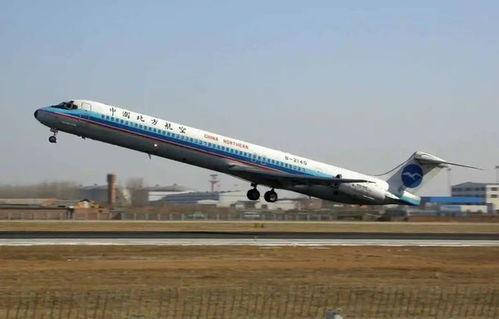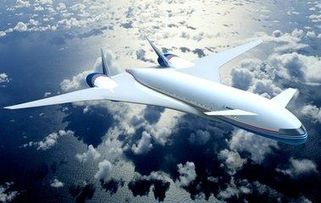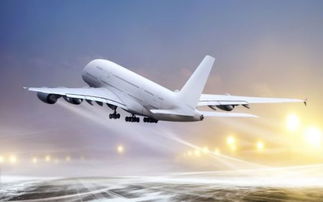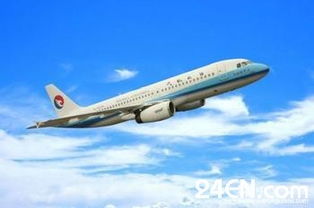 安卓版下载
安卓版下载
大小:1.11GB
下载:19252次
全民飞机大战安卓版
- 支 持:Android
- 分 类:手机软件
- 大 小:1.11GB
- 版 本:
- 评 分:
- 开发者:
- 下载量:19252次
- 发 布:2024-11-25 10:37
手机扫码免费下载
#全民飞机大战安卓版截图
#全民飞机大战安卓版简介
Introduction to Aircraft

Aircraft have revolutionized the way we travel, making long-distance travel faster and more convenient than ever before. This article delves into the history, types, and significance of aircraft in modern society.
History of Aircraft

The concept of flight has intrigued humans for centuries. The first successful heavier-than-air flight was achieved by the Wright brothers in 1903. Since then, the aviation industry has seen rapid advancements, leading to the development of various types of aircraft.
Types of Aircraft

There are several types of aircraft, each designed for specific purposes. Here are some of the most common types:
Commercial Airlines: These are the most common type of aircraft used for passenger transportation. They range from small regional jets to large wide-body aircraft.
Military Aircraft: These aircraft are used by armed forces for various purposes, including reconnaissance, transportation, and combat.
General Aviation: This category includes private aircraft, such as single-engine propeller planes and multi-engine piston planes, used for recreational flying and personal transportation.
Helicopters: These aircraft are characterized by their ability to take off and land vertically, making them ideal for operations in confined spaces and for search and rescue missions.
UAVs (Unmanned Aerial Vehicles): These aircraft are remotely piloted or controlled by computer systems and are used for surveillance, reconnaissance, and various other applications.
Significance of Aircraft in Modern Society

Aircraft play a crucial role in modern society, impacting various aspects of our lives:
Transportation: Aircraft enable us to travel long distances in a short amount of time, making international travel more accessible.
Business: The aviation industry contributes significantly to the global economy, providing jobs and facilitating trade and commerce.
Emergency Services: Helicopters and other aircraft are used for search and rescue missions, medical evacuations, and disaster response.
Recreation: General aviation allows individuals to enjoy flying as a hobby or pursue a career as a pilot.
Technological Advancements in Aircraft

The aviation industry has seen remarkable technological advancements over the years. Some of the key developments include:
Jet Engines: The invention of jet engines in the 1930s and 1940s revolutionized air travel, enabling faster and more efficient long-haul flights.
Computerized Navigation Systems: These systems have improved flight safety and efficiency by providing pilots with accurate navigation and weather information.
Composite Materials: The use of composite materials in aircraft construction has led to lighter, stronger, and more fuel-efficient aircraft.
Automation: Modern aircraft are increasingly equipped with advanced automation systems that assist pilots in monitoring and controlling the aircraft.
Challenges and Future of Aircraft

Despite the numerous advancements in aircraft technology, there are still challenges that need to be addressed. Some of these challenges include:
Environmental Impact: Aircraft contribute to greenhouse gas emissions and air pollution, necessitating the development of more environmentally friendly aircraft and alternative fuels.
Safety Concerns: Ensuring the safety of passengers and crew remains a top priority, with continuous improvements in aircraft design and maintenance protocols.
Security Threats: The aviation industry must remain vigilant against potential security threats, such as hijackings and cyber attacks.
Looking to the future, the aviation industry is expected to continue evolving, with advancements in technology and new aircraft designs that will further enhance safety, efficiency, and sustainability.
Conclusion

Aircraft have become an integral part of our lives, connecting the world and enabling us to explore new horizons. As technology continues to advance, the future of aircraft looks promising, with innovations that will make air travel even safer, more efficient, and environmentally friendly.












